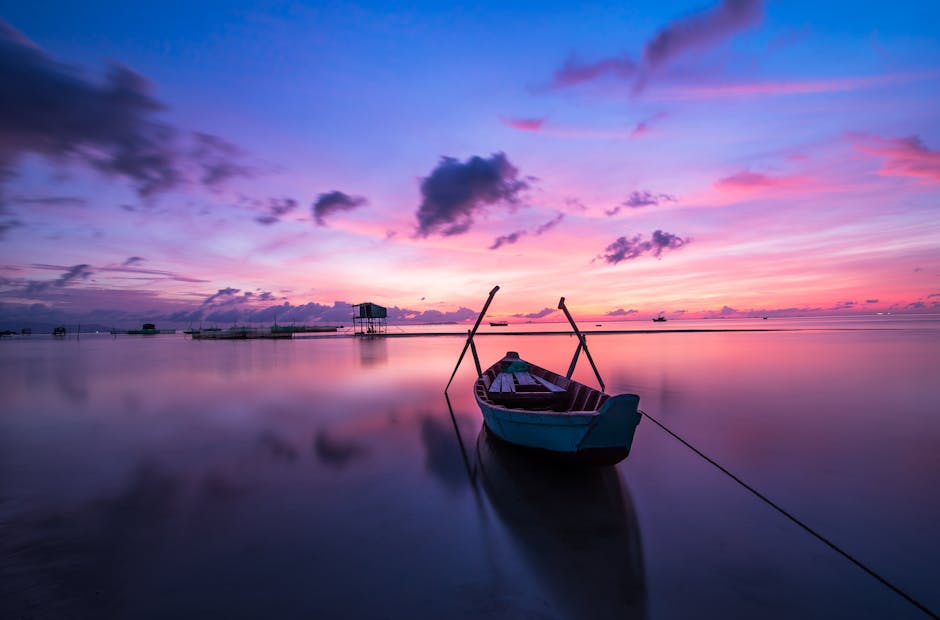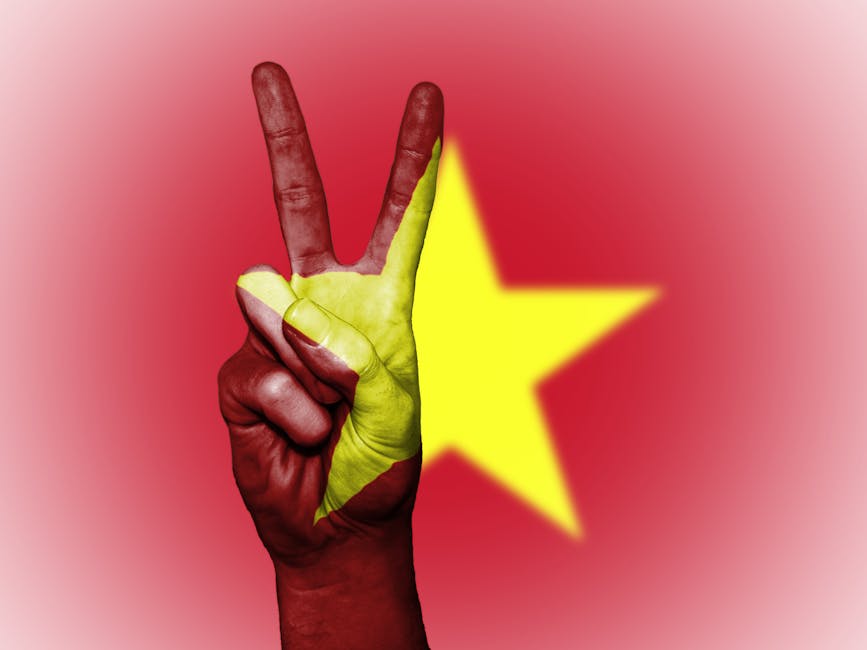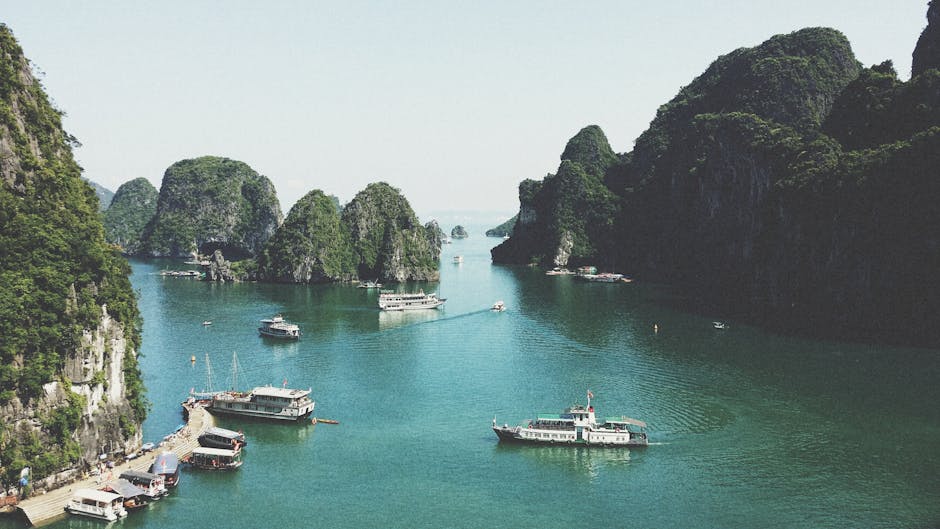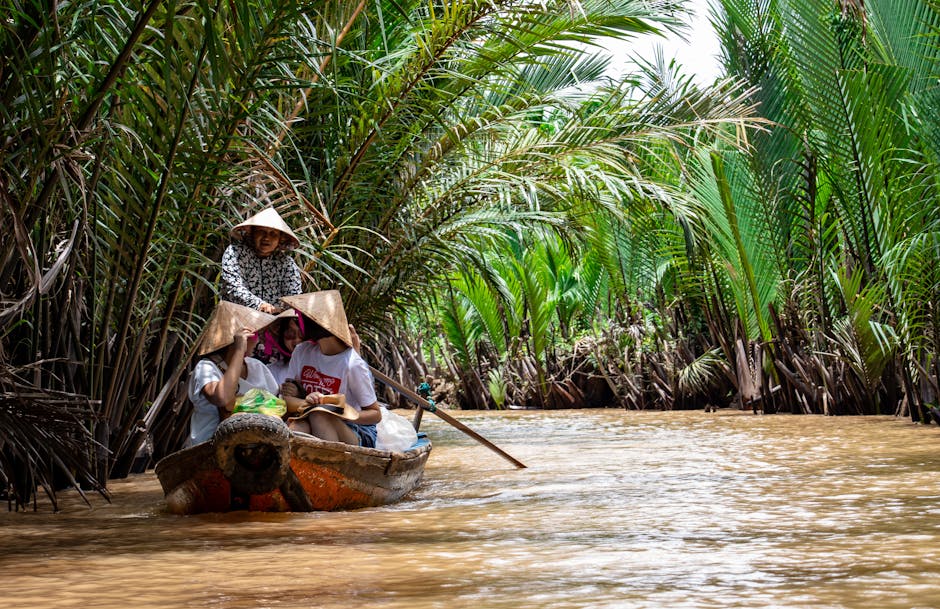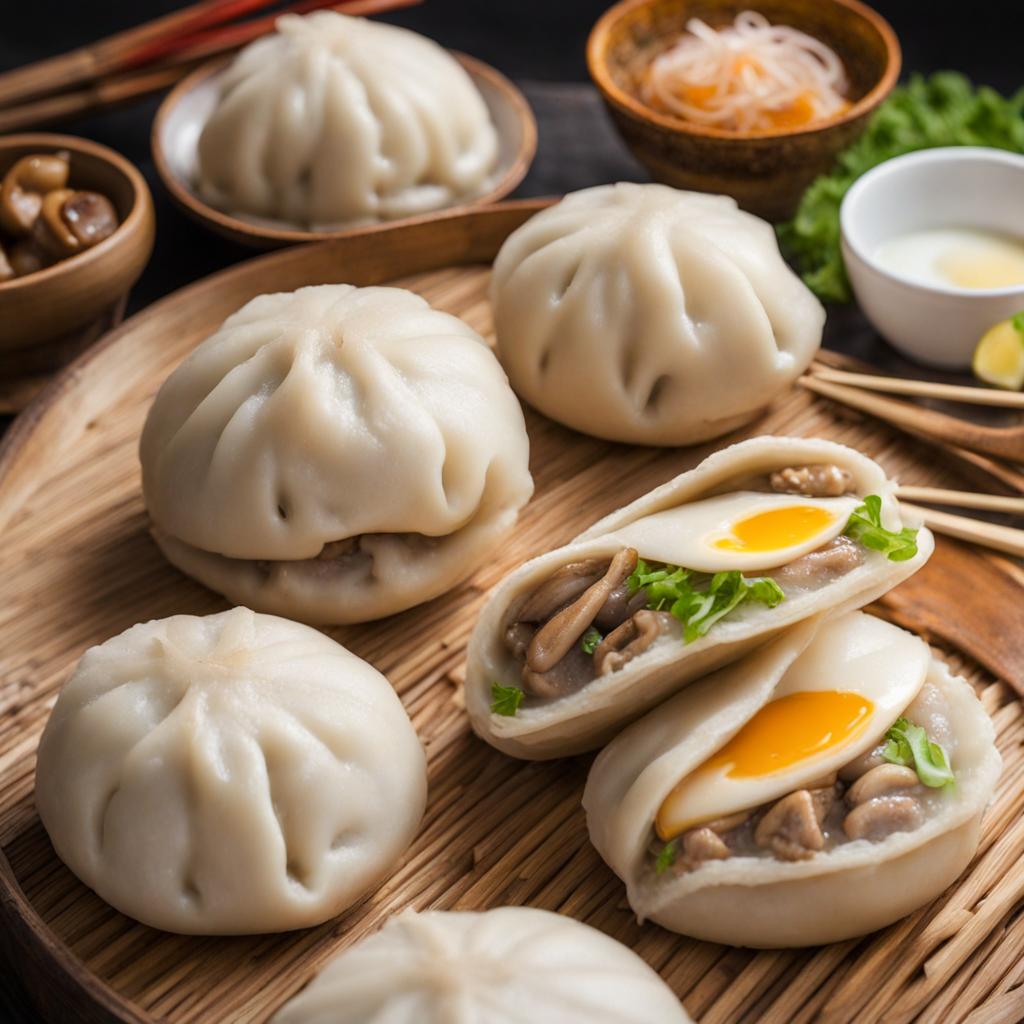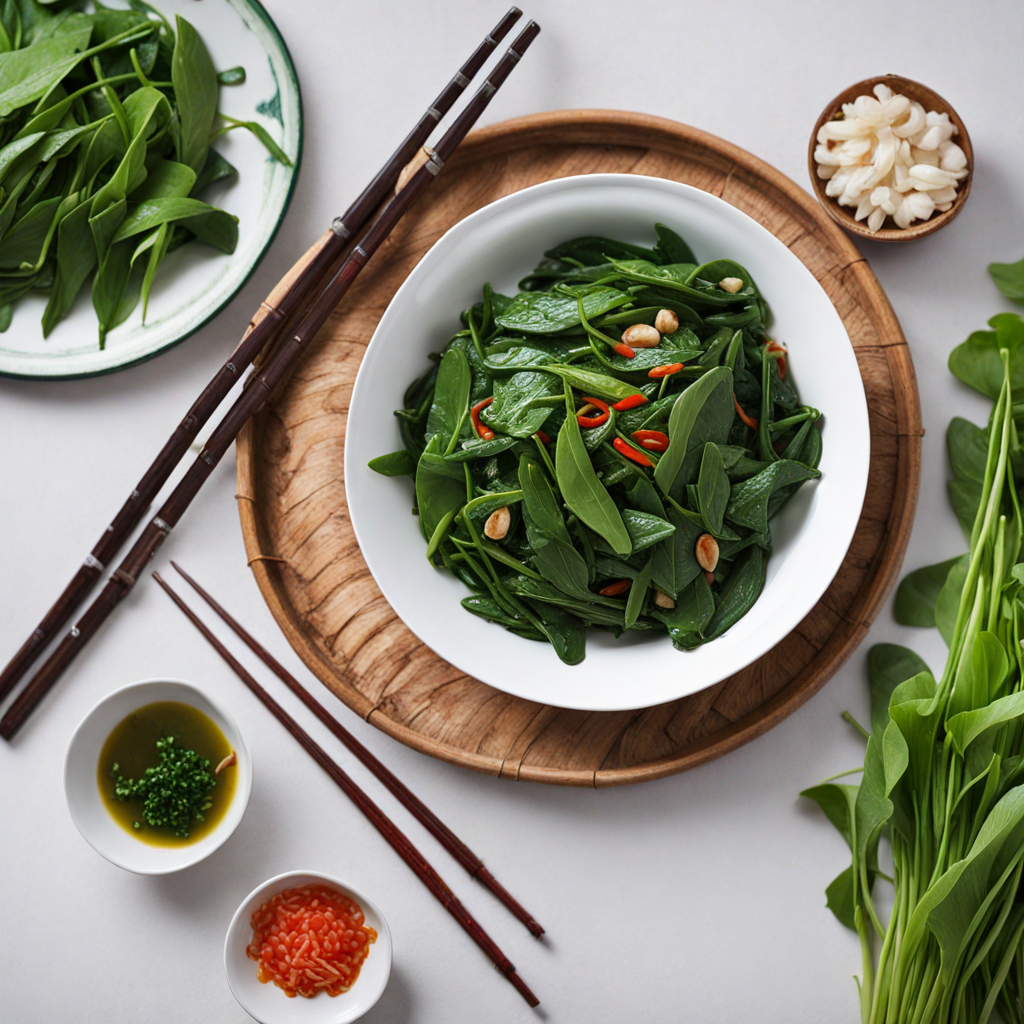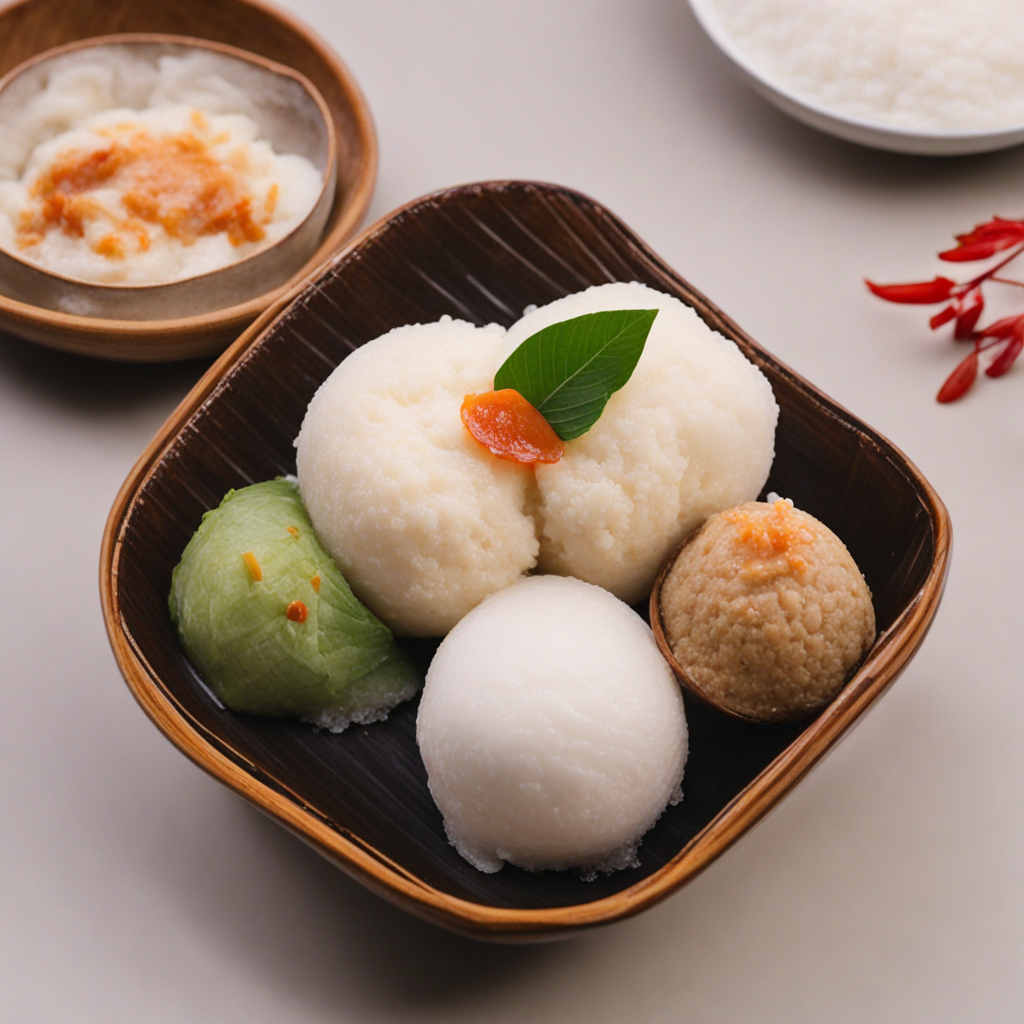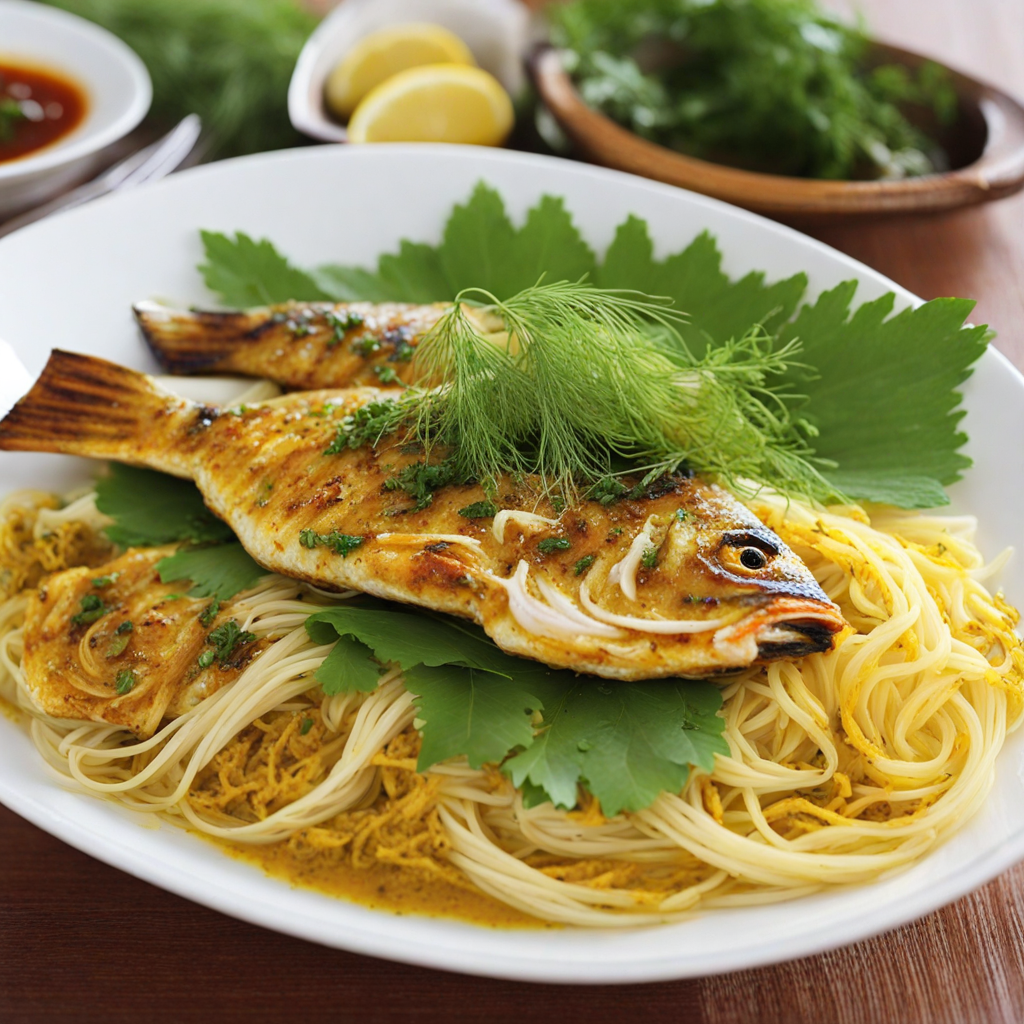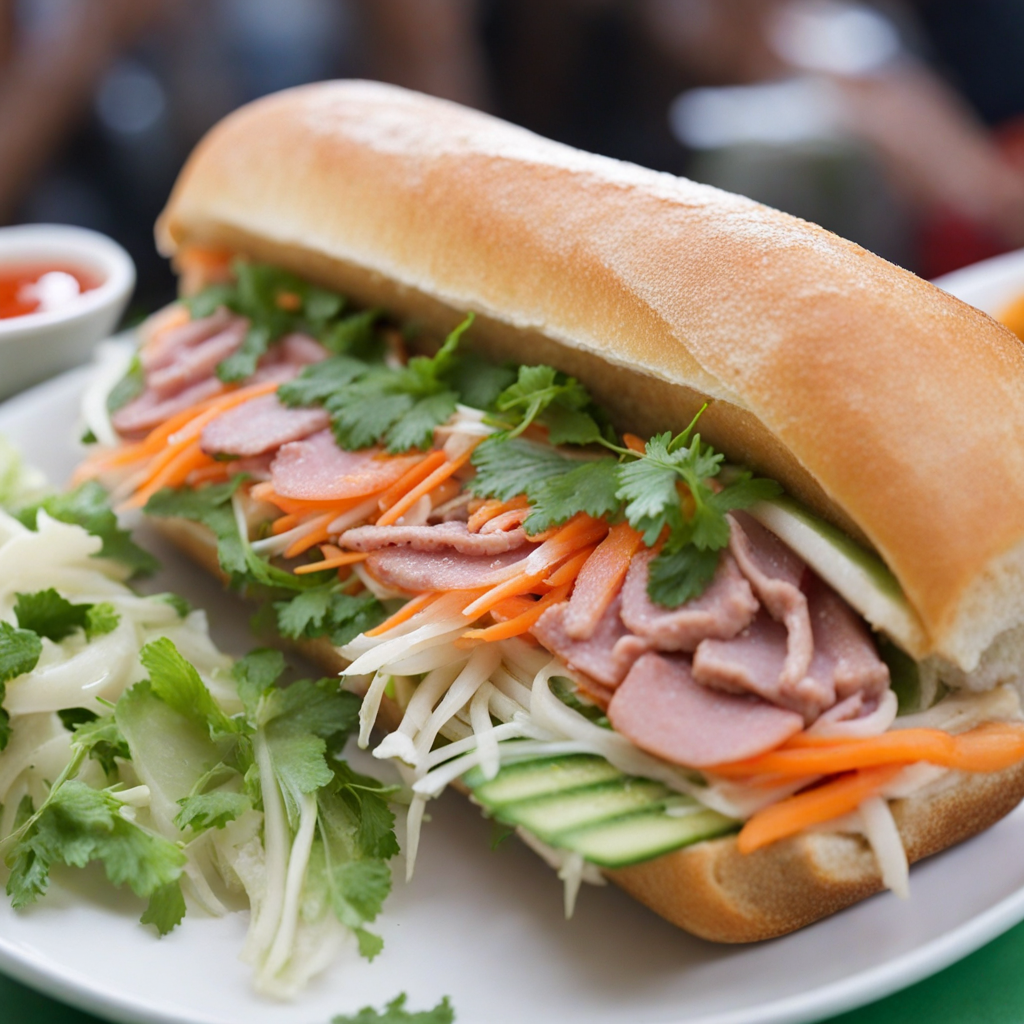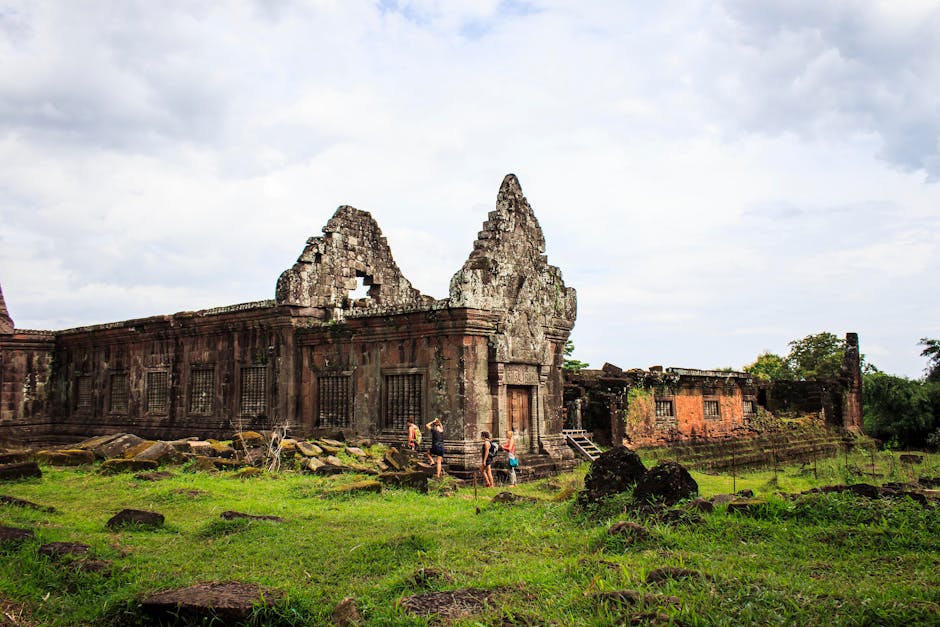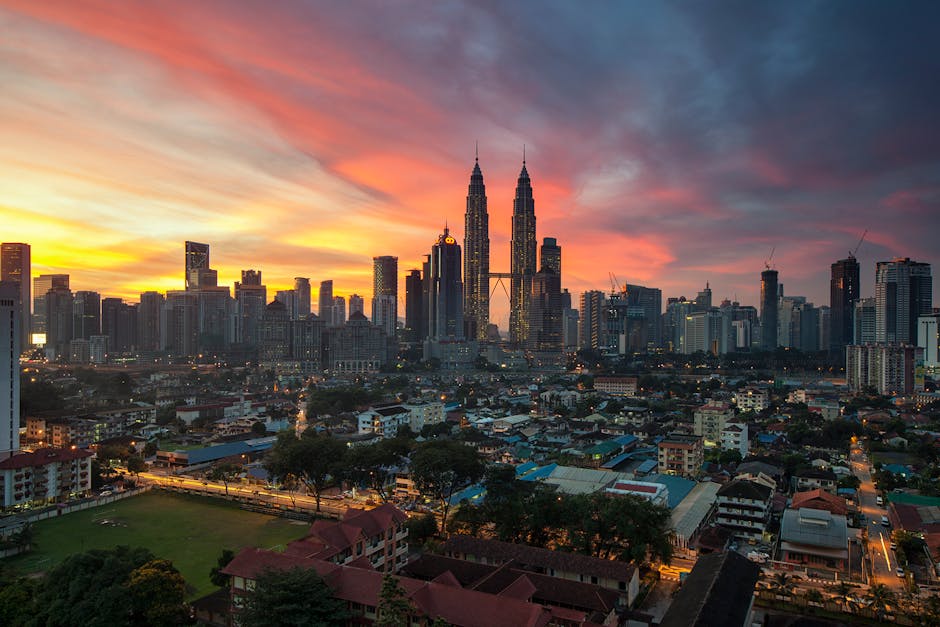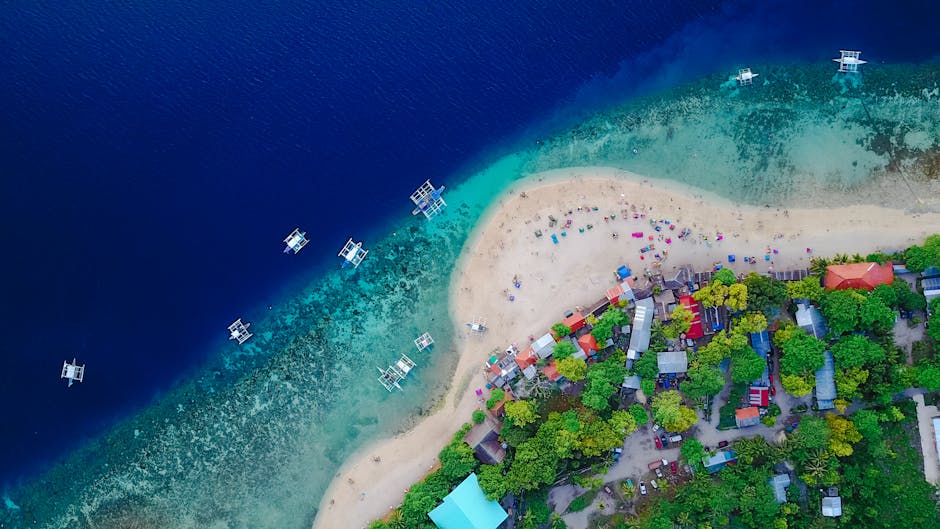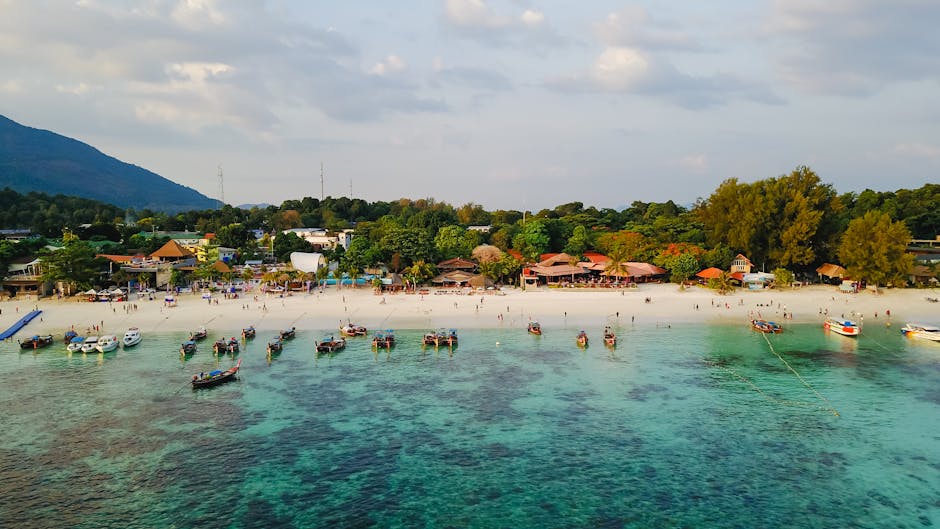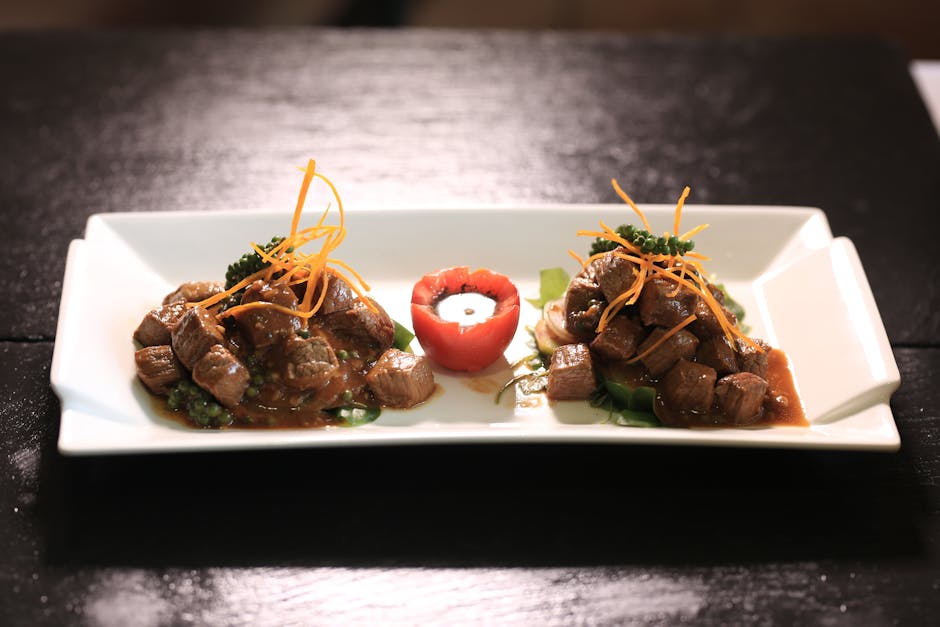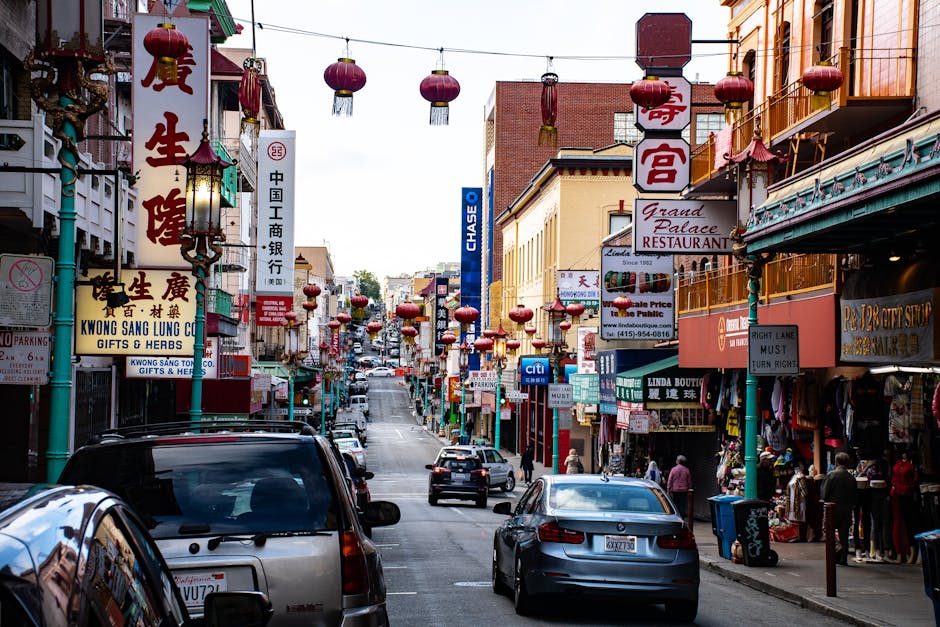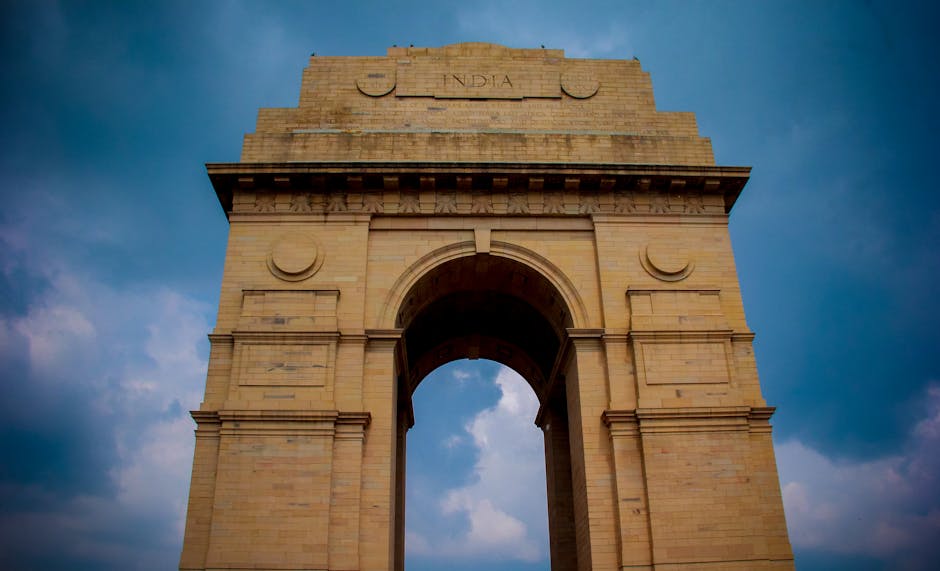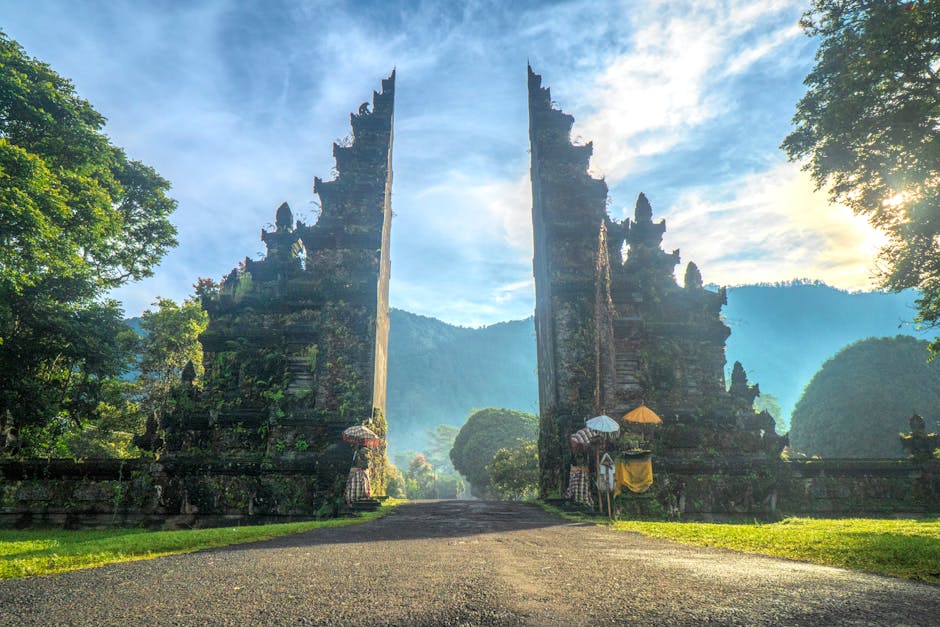Vietnam
Overview
Vietnam Overview
Vietnam, located in Southeast Asia, is a country brimming with rich history and diverse culture. The nation is marked by a stunning natural landscape that ranges from lush rice terraces in the northern highlands to the Mekong Delta's fascinating maze of rivers, swamps, and islands in the south. The country's culture is a complex fusion of Chinese, French, and American influences, with a traditional Vietnamese foundation. What makes Vietnam unique is its ability to preserve its ancient traditions and historical sites while simultaneously embracing modernity. This can be seen in its bustling cities like Hanoi and Ho Chi Minh City, where old temples sit alongside skyscrapers.
Tourism Seasons and Activities
Vietnam's high season for tourism is generally between November and April, when the weather is more temperate and dryer. During this time, visitors can enjoy a plethora of activities. In the north, you can trek through the scenic rice terraces of Sapa or cruise through the spectacular limestone islands of Halong Bay. In the central region, you can explore the imperial city of Hue and the charming town of Hoi An, known for its beautifully preserved Ancient Town. In the south, you can navigate through the bustling floating markets of the Mekong Delta or explore the vast network of tunnels in Cu Chi used during the Vietnam War.
Travel Tips for Teenagers
Before traveling to Vietnam, teenagers should ensure that they have a valid passport and a tourist visa, which is required for most foreign visitors. Vaccinations for typhoid, hepatitis A and B, and Japanese encephalitis are also recommended. It's essential to pack light, breathable clothing for the tropical climate, along with a good pair of walking shoes for exploring. It's also advisable to have some Vietnamese Dong on hand for small purchases, as credit cards may not be accepted everywhere. Lastly, remember to respect the local customs and traditions – a little courtesy goes a long way in making your visit more enjoyable and fulfilling.
A Glimpse into the Past
Vietnam is a country rich in history, culture, and natural beauty, making it a compelling destination for travelers. From its ancient civilizations to the modern era, Vietnam's past is woven into the very fabric of its vibrant cities, stunning landscapes, and diverse communities.
Ancient Civilizations
Vietnam's history dates back thousands of years, with archaeological evidence indicating that the area was inhabited as early as 500,000 years ago. The early inhabitants of Vietnam were part of the Austroasiatic linguistic group, and they developed complex societies. The legendary kingdom of Van Lang, traditionally considered the first Vietnamese state, was established around 2879 BC under the rule of the mythical Hùng kings.
Over time, the region saw the rise of various cultures, including the Dong Son culture, known for its bronze drums and advanced agricultural practices. The Dong Son drums, adorned with intricate designs, are now iconic symbols of Vietnamese heritage. Travelers can see these artifacts at the Vietnam National Museum of History in Hanoi, which showcases the evolution of Vietnamese civilization.
Chinese Influence
Vietnam's strategic location made it a crossroads of cultures, particularly with China. From 111 BC to 938 AD, Vietnam was under Chinese rule, which left a profound impact on its political systems, language, and culture. The influence of Confucianism, Daoism, and Buddhism during this period shaped Vietnamese society.
One of the most remarkable sites from this era is the ancient city of Thang Long (modern-day Hanoi), which served as a political center for centuries. The Temple of Literature, established in 1070 AD as Vietnam's first university, is a beautiful example of traditional Vietnamese architecture and a testament to the country’s educational heritage. The temple complex is dedicated to Confucius and is a popular site for visitors seeking to understand Vietnam's scholarly traditions.
The Rise of Independence
The quest for independence from Chinese domination culminated in the 10th century when the Vietnamese leader Ngô Quyền defeated a Chinese army in the Battle of Bạch Đằng River in 938 AD. This victory marked the beginning of a new era as Vietnam established its own dynasties, including the Lý, Trần, and Lê dynasties, each contributing to the cultural and political landscape of the nation.
During this time, the Vietnamese people developed a unique identity, blending indigenous customs with foreign influences. The architecture of the Imperial City of Huế, a UNESCO World Heritage Site, reflects the grandeur of the Nguyễn Dynasty, which ruled from 1802 to 1945. Travelers can explore the ancient citadel, royal tombs, and pagodas, immersing themselves in the splendor of Vietnam's imperial history.
Colonial Era
The 19th century brought colonialism as France invaded and established control over Vietnam. The French colonial rule, which lasted from the mid-1800s until World War II, significantly altered Vietnam's economic and social structures. While the French introduced new infrastructure, education systems, and urban planning, it also sparked resentment and a desire for independence among the Vietnamese people.
During this period, cities like Hanoi and Saigon (now Ho Chi Minh City) transformed with elegant French colonial architecture, cafes, and boulevards that continue to charm visitors today. The War Remnants Museum in Ho Chi Minh City offers a poignant look at the impact of colonialism and the struggle for independence.
The Vietnam War
The struggle for independence led to the Vietnam War (1955-1975), a devastating conflict that pitted North Vietnam, supported by communist allies, against South Vietnam, backed by the United States and other anti-communist nations. The war had a profound impact on the Vietnamese landscape and its people, resulting in immense loss and destruction.
Key sites associated with the war, such as the Cu Chi Tunnels, a vast underground network used by the Viet Cong, provide insight into the guerrilla warfare tactics employed during the conflict. The My Lai Massacre Memorial serves as a haunting reminder of the war's atrocities, while the Hỏa Lò Prison in Hanoi, nicknamed the "Hanoi Hilton," tells the story of the Vietnamese struggle for freedom and resilience.
Post-War Vietnam
After the war ended in 1975, Vietnam faced significant challenges during the reunification and reconstruction period. The country underwent economic reforms known as Đổi Mới in the late 1980s, transitioning from a centrally planned economy to a socialist-oriented market economy. This shift led to remarkable economic growth and increased international engagement, transforming Vietnam into a dynamic destination for travelers.
Today, cities like Hanoi and Ho Chi Minh City are bustling with energy, blending modernity with tradition. The lively street markets, delicious street food, and rich cultural experiences make these cities a must-visit for travelers. The culinary scene is particularly noteworthy, with dishes like pho and banh mi capturing the essence of Vietnamese flavors.
Nature and Cultural Heritage
Vietnam is also renowned for its stunning natural beauty. The breathtaking Halong Bay, with its emerald waters and limestone karsts, is a UNESCO World Heritage Site and a popular destination for boat cruises. The picturesque town of Hội An, known for its well-preserved ancient architecture and lantern-lit streets, offers a glimpse into Vietnam's trading past and is also recognized as a UNESCO World Heritage Site.
In the north, the terraced rice fields of Sapa provide a stunning backdrop for hiking and cultural immersion with the indigenous ethnic groups. The vibrant festivals and traditional crafts of the local communities reflect the rich cultural tapestry of Vietnam.
Modern Vietnam
Today, Vietnam is a rapidly developing country that attracts visitors from around the globe. The blend of historic sites, natural wonders, and modern conveniences make it an appealing destination. The hospitality of the Vietnamese people adds to the charm, as travelers are often welcomed with warmth and friendliness.
Vietnam's resilience and rich history are evident in its landmarks, cuisine, and cultural practices. Whether exploring the ancient ruins of My Son, cruising through the scenic Phong Nha-Kẻ Bàng National Park, or enjoying the vibrant nightlife in Ho Chi Minh City, visitors can experience the depth and diversity of this remarkable country.
In summary, Vietnam's history is a captivating journey through time, marked by resilience, cultural exchange, and natural beauty. From ancient civilizations to modern-day vibrancy, Vietnam offers travelers a unique opportunity to explore its storied past while enjoying the rich experiences of its present.
Top cities for tourists in Vietnam
Discover the Famous Cities That Might Captivate Your Interests
Must-Try Foods You Can't Afford to Miss
Indulge in a Variety of Fantastic Foods During Your Stay in Vietnam
May Be Your Next Destinations
People often choose these countries as their next destination


